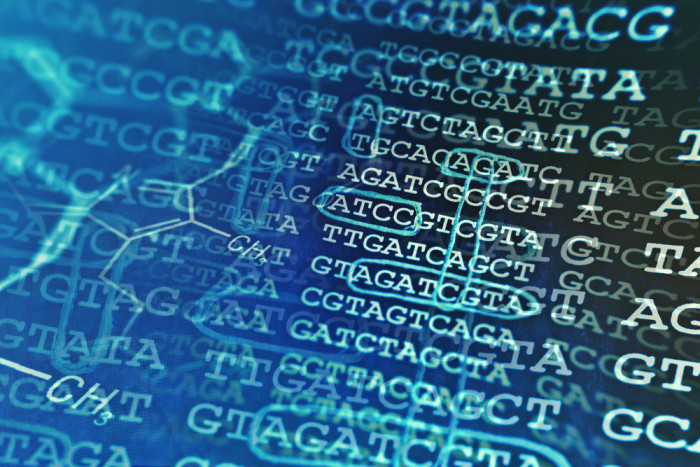Genetic Cause of PWS Can Affect Age at Diagnosis, Therapy Start

The genetic profile of children with Prader-Willi syndrome (PWS) correlates with their age at diagnosis and at the start of growth hormone treatment, as well as with pre-treatment levels of insulin-like growth factor 1 (IGF1) — a hormone that promotes normal bone and tissue growth.
Younger ages at diagnosis associated with earlier growth hormone treatment and lower standardized body mass index (BMI), a measure of body fat.
“We confirmed the importance of the early exact exact molecular type of diagnosis in patients with PWS and found differences in the circumstances of [growth hormone] commencement between PWS genetic subtypes,” the investigators wrote.
The study, “Correlation of Genotype and Perinatal Period, Time of Diagnosis and Anthropometric Data before Commencement of Recombinant Human Growth Hormone Treatment in Polish Patients with Prader–Willi Syndrome,” appeared in the journal Diagnostics.
PWS results from the the loss of, or defects in, paternal genes in a specific region of chromosome 15 called the PWS locus. Specifically, it may be caused by a deletion of the paternal gene copy (DEL 15, in up to 75% of cases), inheritance of two maternal gene copies rather than one from each biological parent — uniparental disomy, or UPD 15, found in 20% to 30% of patients — or rarer imprinting (ID) defects that turn off paternal genes.
Children with PWS exhibit characteristic phases of the disorder, including difficulty feeding and poor appetite in the first months of life, followed by improved feeding, increased appetite, and weight gain in early childhood, and insatiable appetite from childhood into adulthood.
Researchers in Poland investigated how the type of genetic diagnosis — DEL 15, UPD 15, or ID — impacts the disorder’s progression and clinical features.
Data covering 147 patients at 12 pediatric endocrine centers in Poland (from 2002 to 2016) were included in the study. The group included 78 boys and 69 girls. Among those with PWS subtype information, a total of 81 patients (55.1%) had DEL 15 , 10 (6.8%) had UPD 15, and 30 (20.41%) were known not to have DEL 15, meaning that they could have either UPD 15 or ID (UPD/ID group).
The DEL 15 group were diagnosed at significantly younger ages than those in the other two groups, at a mean of 1.4 years old compared with the UPD 15 group (3.8 years) and those with UPD or ID (3.1 years).
Group DEL 15 children also started treatment with an engineered (recombinant) form of human growth hormone earlier (mean age, 4.2) than the UPD 15 group (7.3 years) and those with UPD or ID, at 6.4 years.
The standard deviation score (SDS) reflects the variation from an average value of children of the same age and sex.
Notably, being diagnosed at older ages linked to a higher BMI SDS in the groups DEL 15 and UPD/ID.
Growth hormone therapy is known to increase levels of IGF1, whose lower levels are also linked to greater body fat. The mean IGF1 SDS was significantly lower in children with UPD or ID compared with the DEL 15 group.
Patients were then divided into groups based on age at diagnosis, with Group 1 being 9 months or younger, Group 2 older than 9 months up to 2 years, and Group 3 over age 2 at genetic diagnosis.
Group 1 initiated growth hormone therapy [rhGH] at a significantly younger mean age (2.60) than Group 2 (4.86) or Group 3 (8.44). Those with an early diagnosis had a lower mean BMI SDS compared with the other two groups.
“Diagnosis in the nutritional phase 1a, before the 9th month of age, leads to earlier rhGH treatment, with the start early in the phase 2a when increased appetite is not yet observed and again with favourable lower BMI SDS and the tendency towards a higher IGF1 level,” the researchers wrote.
The study was limited by its retrospective nature, potentially imprecise patient data, and the potential for inconsistencies in clinician reporting across multiple centers, the scientists said.






